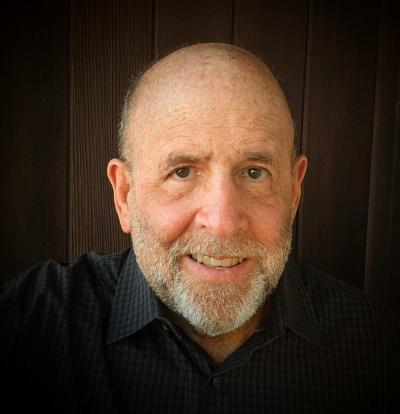
Ajay Saini, Nancy, Andrew Malekoff
The summer of 2021 will remain etched in the memories of Indians forever. In early March, the health minister of India proclaimed that the country was in the “endgame” of the COVID-19 pandemic.
This was heartening news for millions of poor Indians, who, since the coronavirus-induced nationwide lockdown on March 24, 2020, were rendered unemployed and could hardly make ends meet.
The euphoria, however, was short-lived. Barely a week later, a raging second wave of covid, which was quicker and more lethal than the first, started engulfing the country.
Soon, new infections overwhelmed India’s chronically underfunded public healthcare system. Amidst the crumbling critical medical facilities, the citizens of the world’s second-most populous country were left to fight a lone battle with the deadly virus.
In the ensuing weeks, the world watched with disbelief several harrowing scenes – people helplessly begging for oxygen cylinders, hospital beds, and life-saving drugs on social media; crematoriums and graveyards fast running out of wood and space, and hundreds of corpses of “suspected covid victims” washing up on the banks of river Ganges.
As of July 13, India has recorded 30,942,146 confirmed cases and 411,403 deaths. The most alarming, yet overlooked fact is that the virus has penetrated deeper into rural India, where it enjoys a fertile breeding ground.
India’s second wave of covid emerged in urban areas and then spread to the countryside. In April and May, despite a disproportionate under-reporting of covid deaths, rural India recorded 70,980 deaths, as against 66,486 in the urban areas. Even though the rural districts have lower testing rates, most of India’s new cases are emerging in these areas.
Measures such as testing, contact tracing, isolation, medication, and vaccination are crucial for the suppression of coronavirus.
But, in rural India, a multitude of factors – caste system, illiteracy, poverty, superstition, corruption, inadequate public services, and government’s apathy – poses a stiff challenge to the effective containment of the virus.
Despite reporting maximum new covid cases, rural areas are trailing urban India in immunization. The rural-urban disparities, especially wealth inequality and inequitable access to rudimentary amenities such as healthcare, education, sanitation, and so on have tipped the scales against the rural populace.
Besides a general shortage of vaccine, the proliferation of disinformation and media manipulation have particularly complicated the crisis. Scores of rural people have exhibited hesitancy in taking the life-saving jab citing death, infertility/impotence, and high fever as the imminent consequences.
Vaccine hesitancy is not unique to India. Although there is no vaccine shortage in the U.S., an NPR/Marist poll found that one in four Americans said that they would refuse the covid-19 vaccine if offered.
As is the case in India, among the highest numbers that refuse to accept a covid-19 vaccine in the US, were residents of rural areas. In contrast, vaccine hesitancy is relatively low in the New York metropolitan area. In Nassau County, for example, 80.7 percent of the 18-plus population have had at least one vaccine dose as of July 16, according to the NYS Vaccine Tracker.
Unvaccinated people now account for 99.7 percent of new coronavirus cases in the U.S. On June 29, 2021 the Associated Press reported that almost all current coronavirus deaths in the U.S. are among the unvaccinated, with virtually every death fully preventable.
As the more easily transmissible Delta variant which first surfaced in India proliferates, deaths of unvaccinated people will most certainly continue to rise in the U.S. and India.
India is facing a terrible crisis, probably the biggest since the culmination of the Independence movement in 1947.
While the country must protect its densely populated urban areas, it cannot possibly enter the “endgame” of the pandemic without beating the virus in the countryside, which is home to about 65 percent of 1.38 billion Indians, including millions of marginalized and vanquished “others”, the indigenous people.
In this drawn-out fight against the pandemic, India stands no chance if its vast swathes of rural hinterland continue to remain its Achilles heel.
Ajay Saini is an assistant professor at the Indian Institute of Technology Delhi, India; Nancy studies sociology at Miranda House, University of Delhi, India; Andrew Malekoff is editor-in-chief of Social Work with Groups, a journal of community and clinical practice.






